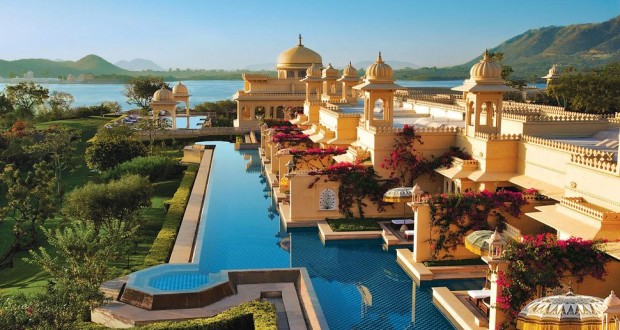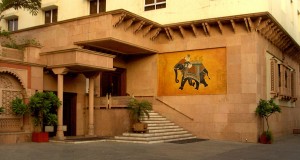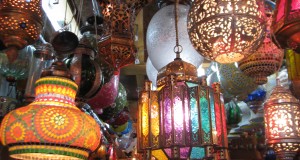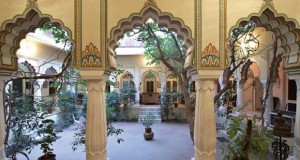Review Overview
4
Summary : The lake city of Udaipur—'City of Dreams' or 'Venice of the East'— is perhaps the most beautiful of all Indian centres
The lake city of Udaipur—’City of Dreams’ or ‘Venice of the East’— is perhaps the most beautiful of all Indian centres. With a relatively low population, it is certainly one of the quietest. A romantic collection of exotic gardens filled with blossoming trees, and fantasy lsIand palaces shimmering in mirror-calm lakes—it is a firm favourite with travellers.
Uudaipur was founded by Maharajah Udai Singh, who moved the Mewar capital here, following the third and final sack of Chittor in 1567. Udai Singh was ruler of the foremost Rajput clan, the Sisodias, who claimed direct descent from the sun. He was aIso a keen gardener, and he chose this site not only because of its excellent natural protection (encircled by the rugged Aravali mountains), but because it had a good water supply. Under his auspices, Udaipur quickly gained fame as a place of colourful , scented, landscaped gardens, island parks, pavilions and fountains.
But the city’s history is mainly one of blood and glory. Udai Singh left his son, Maharana Pratap, a difficult legacy—the new city of Udaipur fell under immediate attack from Akbar, the Mughal emperor of Delhi. Pratap was a stubborn, yet gourageous man. Angry at the capitulation of Jaipur ‘s Mansingh to the Mughals, he made it a matter of personal honour to resist the northern invaders. With only meagre resources at his disposal, he kept the Mughals successfully at bay for 25 years, before finally being overpowered in 1576. Subsequent Maharanas were involved in constant In intrigue, warfare and bloodshed, and Udaipur regained its peace only in 1818 when It came under British control, like much of the rest of Rajasthan.
Today, Udaipur is still very much a traditional 16th-century Rajput town, proud of the fact that throughout its turbulent history it never succumbed to foreign cultural influences. Here, most families still cook, wash, pray and eat together as a family unit, and the city’s strong heritage of community life remains pretty much indict . Only during the past decade or so, has the social structure suddenly shifted—with a growing number of people breaking the tradition of centuries and moving out of the quiet, safe old city walls to settle in the busy, densely populated commercial centre of the modern new town.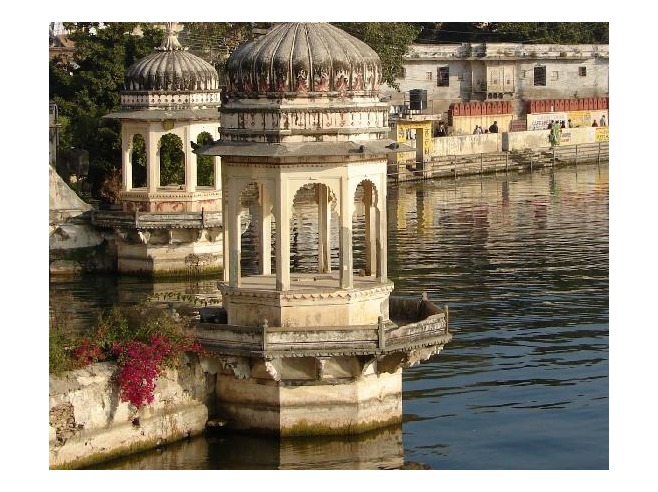
For the visitor, this development is reflected by the sharp contrasts in the way of life here. Down by the lakes, and especially round the old city to the east of Lakes Pichola, Udaipur is a picture of peace and tranquillity. Outside the old city walls, however, and especially round the rail/bus stations to the southeast, it is the same old Indian story of mad, feverish traffic, dust and smoke. The odd thing is that such semi-rural romanticism and such urban chaos can so harmoniously coexist.
Situated in the shade of dark green hills, and cooled by its three lakes—the Picholii, Fateh Sagar and Udai Sagar—Udaipur has a uniquely refreshing climate. Pleasantly dry and cool from Sept to March, it is a nifty getaway from the rest of Rajasthan’h heat and dust. But even here, it’s hot by April. Only a hardy few make it for the June/July monsoons, and they see Udaipur at its best—all the lakes and gardens ii rich, luxuriant burst of colour.
ARRIVAL/DEPARTURE
Air Indian Airlines offers daily flights between Udaipur and Aurangabad (Rs122l), Bombay (Rs1348), Delhi (Rs1129), Jaipur (Rs767), and Jodhpur (Rs583). Dabok Airport is 23 km (14 miles) from the city and taxis cost approximately Rs125-150 for a oneway transfer. The Indian Airlines office is near Delhi Gate (teal 28999, 23952) Dabok Airport flight information (tel 23011, 24433, 142).
Rail Daily express trains go to Jaipur (8 hours), Jodhpur (11 hours), Delhi (21 hours), and Ahmedabad (9-10 hours). The Chetak Express from Delhi leaves every day at 1 pm reaching Udaipur at 9.15 am the following day via Jaipur, Ajmer and Chittorgarh. The return departs at 6.15 pm reaching Delhi at 2.15 pm the next day. The Pink City Express also terminates in Udaipur.
There are two Railway Stations in Udaipur; the City Railway Station (tel 23535) and Rana Pratapnagar Station (tel 23425).
Road Frequent public buses to Ahmedabad, Mt Abu, Ajmer, Jodhpur, Jaipur and Chittorgarh from Udaipur’s ST bus-stand. Quicker, comfier luxury buses (often video) to Jaipur (9 hours), Delhi (15 hours), Bombay (17 hours), Jodhpur (7 hours) and Mt Abu (41/2 hours) are arranged through Taldar Travels. Cars can be hired for local running and trips to Chittor, Ranakpur, Eklingji and Nathdwara from Rajasthan Tours, Garden Hotel (tel 23030, 25777) or from one of the many travel agents with branches in the city.
WHAT TO SEE Udaipur has many attractive sights, especially around the lakes, which make for a great day’s cycling. If your hotel can’t supply a bike (most can), there are many hire places in Lake Palace Rd and at the Tourist Bungalow. The average rate is Rs10 per day. Local transport is pretty crooked. Private cars can be hired from hotels. Autorickshaws and taxis have meters—but they’re invariably ‘broken’. Horse-drawn tongas are cheap—but horses are often left to wander off wherever their mood takes them. Buses out to Jodhpur, Jaipur, Delhi and Mt Abu leave from the new ST (State Transport) bus-stand down at Udiyapol, south of town (tel 27151, 27191). The city rail station is nearby.

